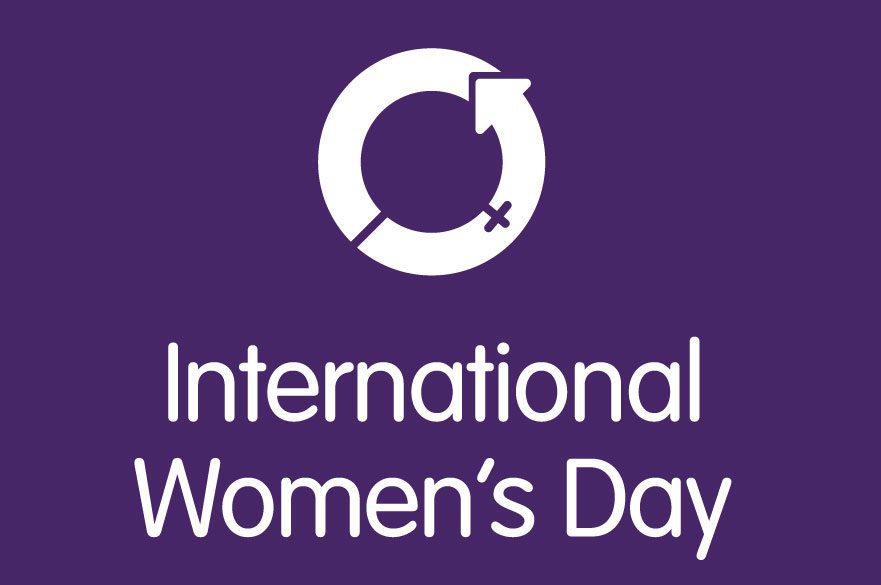
Mayor’s Blog – International Women’s Day
International Women’s Day – Celebrating Agnes Suttill, a Bridport pioneer in the fight for women’s rights
Recently, one of my fellow town councillors drew the Council’s attention to the fact that 2021 marked an important centenary for the town: the election of the first woman to the Council. I wanted to find out more so I asked Karen Hunt to tell me about Agnes Suttill. This seems an important story to highlight on International Women’s Day (8 March).
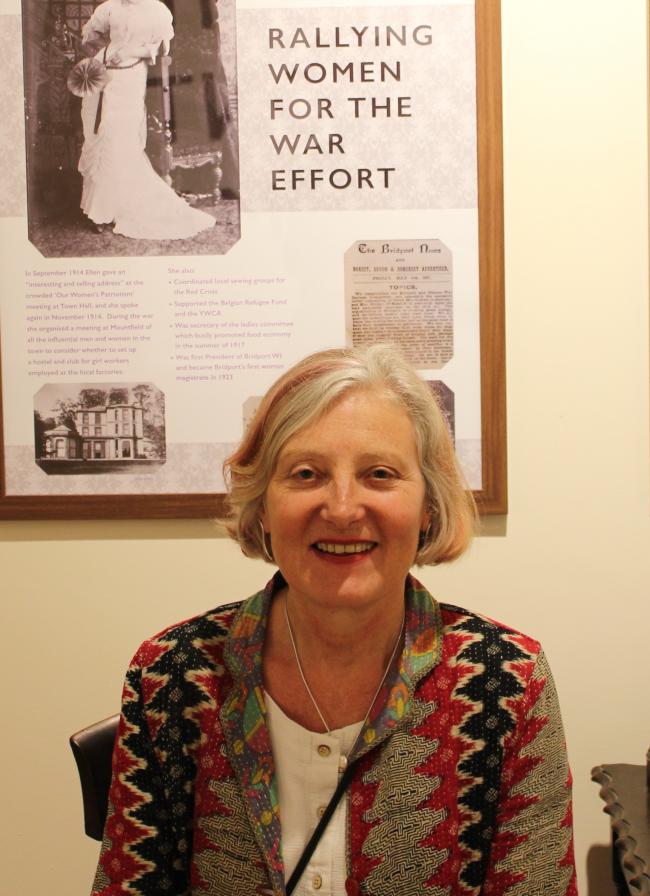
Rather appropriately for Bridport, Karen wears many hats. As well as being a councillor, she is a historian (a retired Professor of History), Chair of Bridport Museum Trust and a founding member of Bridport Women’s History Group. Her expertise and passion is for women’s history and since she arrived in Bridport she has been exploring Bridport’s past through the lens of women’s experiences. During her research to produce the 2018 Bridport Museum exhibition ‘Home Front Home’, telling the story of Bridport in the Great War through the lives of 7 women, she unearthed Agnes Suttill. Looking beyond the end of the war, Karen discovered that in 1921 Agnes had become one of the country’s first generation of elected women councillors.
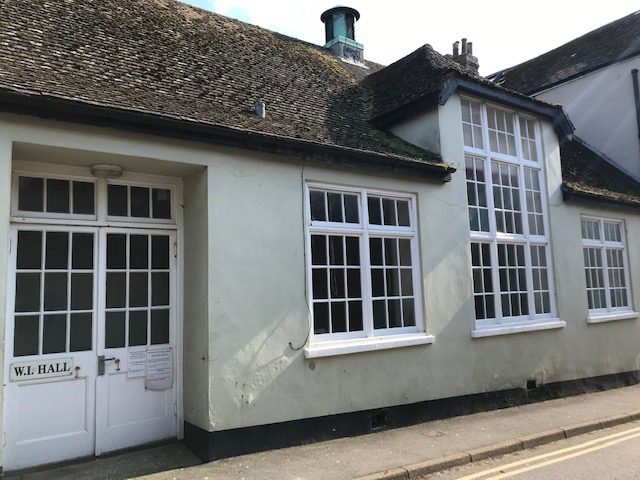
Yet, Alice Suttil, this pioneering woman is not celebrated in Bridport. The nearest we have to a memorial does not name her. It currently hangs in the WI Hall, in North Street, which she gave in memory of her husband (a Town Councillor, who died in the flu pandemic in 1919). She is ‘the wife’ mentioned in the image below ….
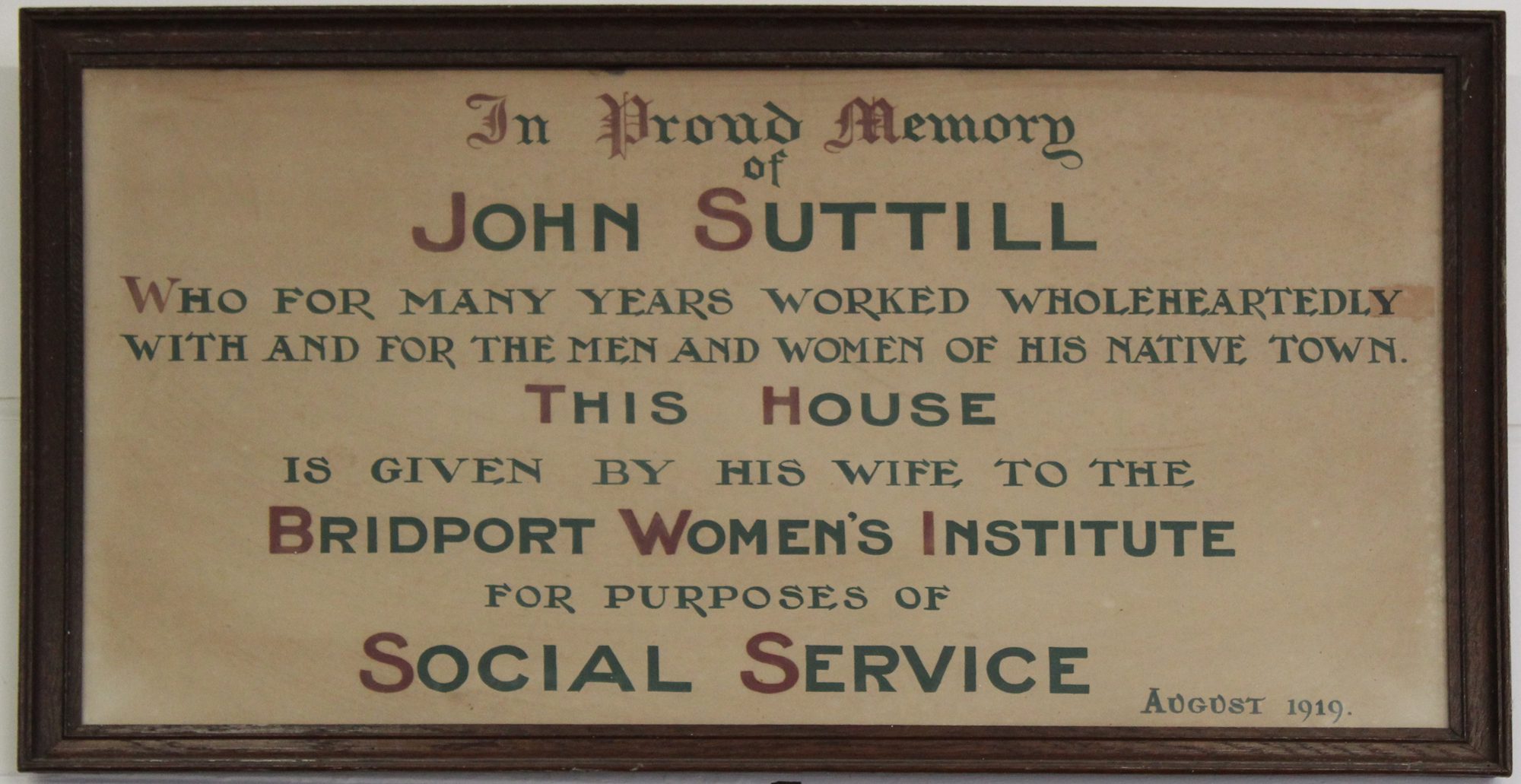
So why do so few of us know her name or her achievements? Many women continue to be ‘hidden from history’ (as Sheila Rowbotham called her pioneering book on women’s history in the 1970s). Like her contemporaries Agnes Suttill appears behind a number of veils in the historical record. As a married woman the convention was to record her name as Mrs J. Suttill (without a forename of her own), so even tracing her life and finding her voice involves a great deal of detective work. There were other Mrs Suttills in Bridport and this was not Agnes’s only surname across her lifetime (she was born Robertson; married John Suttill in 1903; and after being widowed married Rev WL Tucker in 1923). Sometimes she defied convention and used her own initials rather than those of her husband.
So who was Agnes Suttill (1865-1928) and why did she become Bridport’s first woman town councillor? This is very much a work in progress but already Karen has discovered much more than was included in the 2018 exhibition. Agnes was not a native of Bridport. Like a number of the wives of the leading men in Edwardian Bridport she married into the town. Agnes was one of 13 children of Agnes and William Alexander Robertson, a wine merchant. She was born and brought up in Glasgow, and was aged 38 when she married John Suttill, a netting manufacturer (second son of JP Suttill of Pymore Mill) in Prestwick and moved to set up home with him at 24 West Street. By this stage of her life she had attended Bedford College, the pioneering women’s college in London, had worked as a teacher and seems to have been civically engaged (as a member of Monkton & Prestwick School Board and the Scottish Women’s Liberal Federation Executive). How the paths of John and Agnes crossed is not yet clear.
In Bridport Agnes became one of a number of husband and wife teams who took part in civic life – the men were not only local employers and shopkeepers but were usually Town Councillors. Agnes soon became active in a network of middle-class women who were able to take part in public life through local charitable and civic organisations. When the men became Mayors, then their wives became (often very active) Mayoresses. Agnes’s husband John was a leading employer in the town’s dominant rope and netting industry but was also a town and county councillor, magistrate and Bridport’s Mayor from 1912-14. Agnes was therefore the town’s Mayoress for the years before the First World War.
However, as a woman, Agnes did not qualify to vote in parliamentary elections and as a married woman, she would not have been able to vote in council elections unless she separately owned a rateable property (this was rare). These were all property based franchises which excluded men and women on economic grounds as well as for their gender. This exclusion mattered to Agnes Suttill. In 1910, she and other local women formed the West Dorset Women’s Suffrage Society to fight for the vote. They were part of the non-militant National Union of Women’s Suffrage Societies and unlike many suffrage organisations elsewhere they were not only active before the war but continued to argue for women’s rights across the war until they renamed themselves the West Dorset Society for Women Voters after the achievement of women’s partial enfranchisement in 1918.
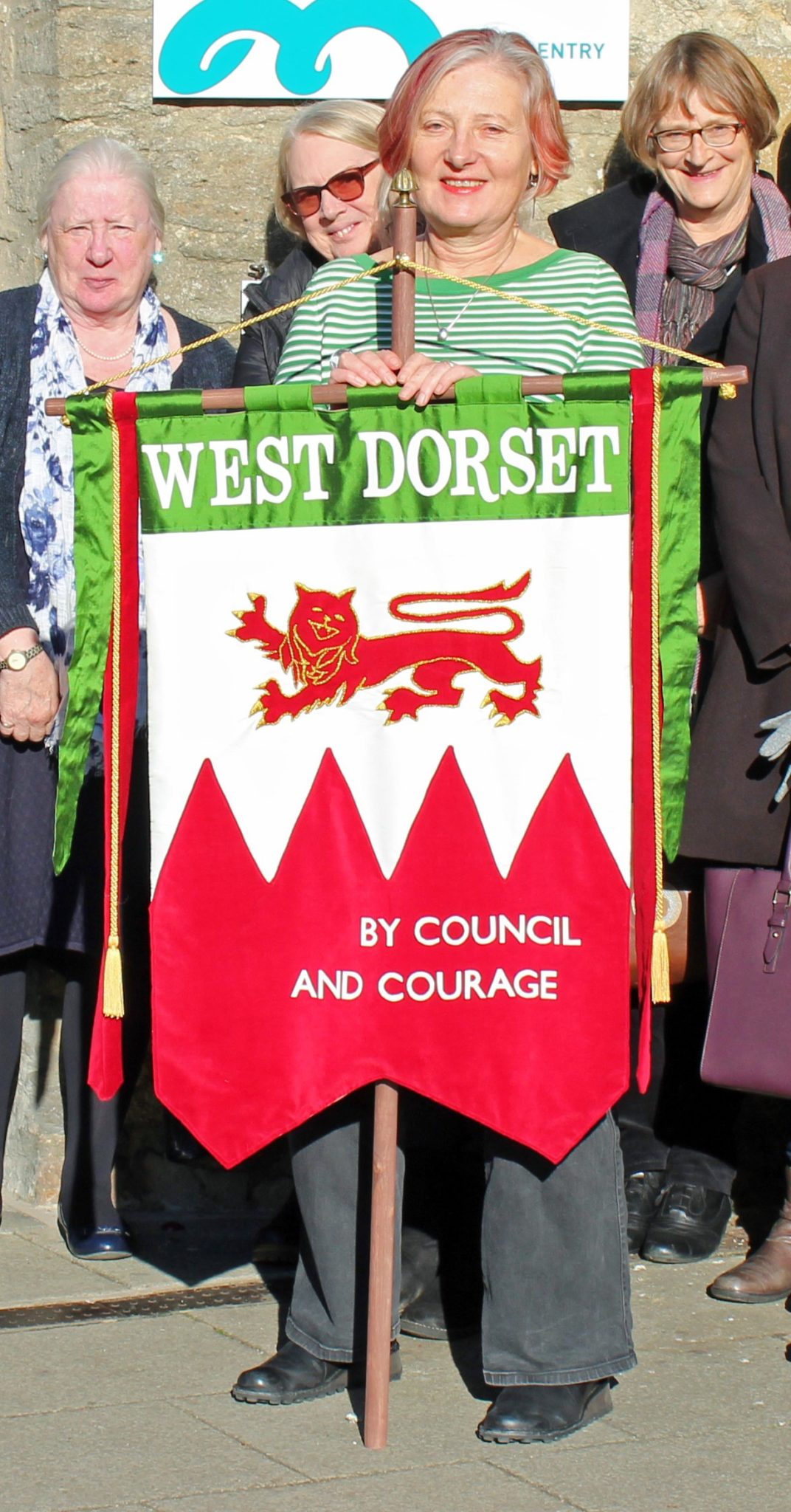
Karen Hunt holding a replica of the West Dorset Women’s Suffrage Society banner (made by Holly Miller from a sketch by the suffragist banner-maker Mary Lowndes)
Finally, Agnes Suttill appeared on the electoral register in 1918 at the age of 49. However, she only got the vote through her husband’s occupation of their home, 24 West Street. At the same time she now became qualified to vote in local elections (expanding the local government franchise to include millions women is a forgotten aspect the franchise reforms of 1918). Like other newly qualified women voters, Agnes’s first chance to exercise her new right occurred in the general election of December 1918. Yet Agnes and all the other new women voters of Bridport didn’t get their chance: the long-standing Tory MP for West Dorset, Sir Robert Williams, stood unopposed. Williams was an ardent anti-suffragist who was still arguing against women’s enfranchisement in Parliament in 1917 when the Representation of the People Bill was debated. Many of the most notorious Antis, as they were called, had conceded that (some) women’s time had finally come not least because of their war service. In this context it is perhaps not surprising that it took a little longer for Bridport women to be brave enough to put themselves forward as candidates at local elections. Agnes also had other things to deal with. John Suttill died suddenly in 1919, a victim of the flu pandemic. Yet one can still see her active in a range of local women’s and feminist campaigns – which is where her gift of the WI Hall to the town comes in.
The municipal election on 1 November 1921 was a historic one for Bridport. Not only was this the first time a woman had stood as a candidate – an achievement in its own right. But this pioneering woman was elected to Bridport Town Council. When Agnes Roberta Robertson Suttill (as she styled herself on her election address) of 24 West Street (today the Sue Ryder shop) presented herself to the voters of South Ward, she sought their support because:
- Women who form so large a proportion of the inhabitants, have hitherto been without direct representation on the Council, though by general consent, the aims and interests of women in the community are at least equally important to those of men.
- I therefore appeal with confidence to all Electors, men and women, to give me their votes, and promise if elected to do everything in my power to promote the best interests of the whole community.
Agnes was elected and took her place amongst a sea of male faces. She served one term and was not joined by any other women during that time nor was her example immediately followed by others.
There is a lot still to piece together about Agnes Suttill. Karen feels strongly that this is an important centenary for the town and doesn’t want this woman and her story to remain a hidden part of our past. She says,
This is an important reminder that we have had to fight to get democratic rights and then to be able to exercise them. These stories are different from place to place and tell us as much about Bridport as they do about this individual unsung woman.
Can you help uncover more about Agnes Suttill? The biggest frustration is we still don’t know what she looked like. Agnes is still hidden from history, but Bridport Council wants to commemorate her life and achievements and are looking for imaginative ways to celebrate this pioneering Bridport woman in the centenary of her election to the Council.
And Finally

To mark Internationan Women’s Day 2021 Keira Tait, Community Champion Morrisons Bridport, has a number of hampers (with Prosecco) to present to women who have made an outstanding contribution to the life of the town during the past 12 months. E-mail your nomination with a brief reason why you are nominating a particular person to Keira by Friday 12th March:
champion.bridport@morrisonsplc.co.uk
or via

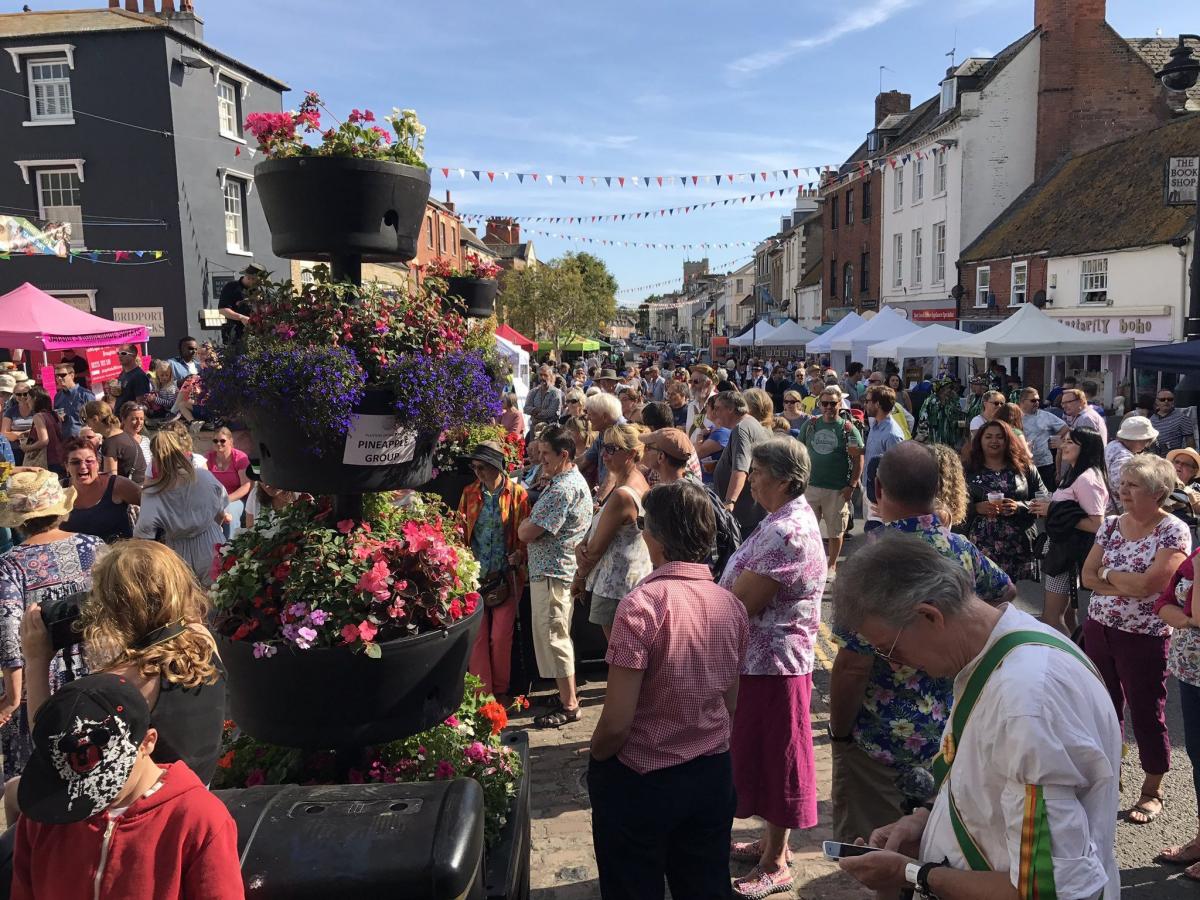
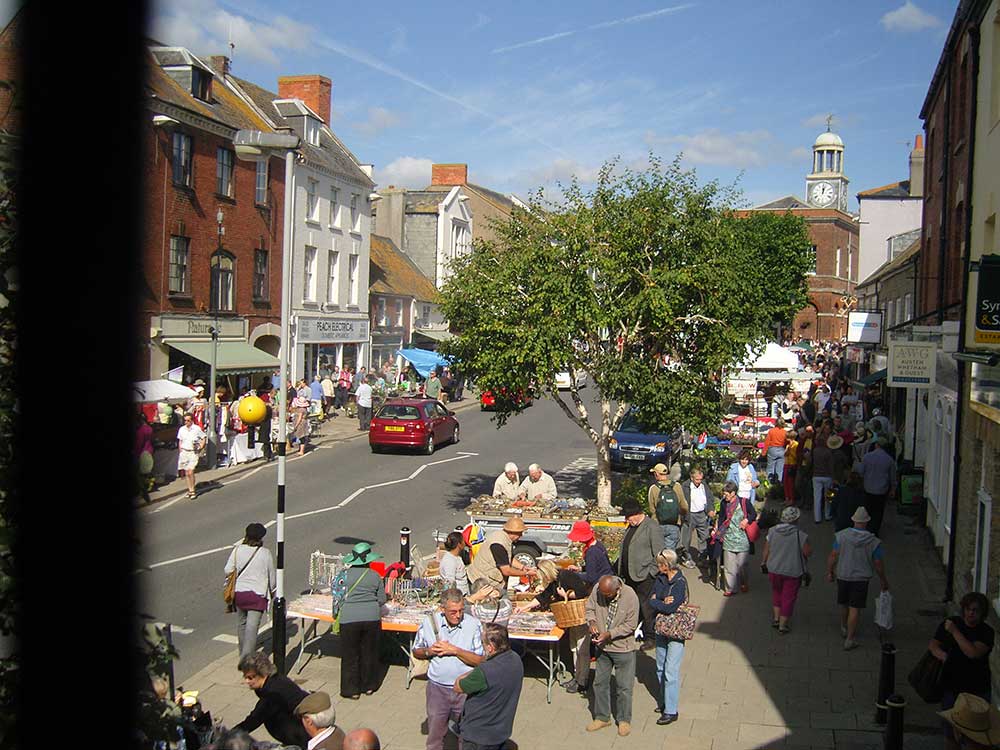
This Post Has 0 Comments